Fascinating Larvikite: Norway’s national stone

Larvikite, named Norway’s national stone in 2008, is known for its unique appearance with changing colors and optical effects when polished. These properties have long made the stone popular for use as facade cladding, countertops and as tombstones. Today, we also see many polished objects such as spheres and towers made of larvikite on the market. Scientists are particularly fascinated by the optical phenomena, composition and geological history of the stone.
Larvikite is also still one of my favorite rocks, not least because I collected it myself in the place where it comes from: Larvik in Norway. This article is a summary of an extensive article on larvikite that I wrote in 2015 together with Peter Venema in the theme issue on rocks used as building material (in Dutch:“Bouwen met natuursteen,” a joint publication of the Dutch Geological Societies. A pdf of the full article (in Dutch) can be found at the bottom of this page.


Appearance and flash
Larvikite consists mainly of blue-gray, gray or gray-brown feldspar crystals with a characteristic shape. Polished, it exhibits a beautiful blue, bronze or silver flash or luster. This optical effect, also called iridescence or Schiller effect, is created by the way light refracts into the fine structures within the stone, similar to oil on water or mother of pearl.
Because of that reflection or flash, larvikite is sometimes confused with labradorite or moonstone. In itself not so strange because it is related, but it is really a different mineral. Unfortunately, because of this we also see that larvikite is sometimes offered in stores and webshops under misleading commercial names such as‘blue Norwegian moonstone‘,‘gray moonstone‘ and‘Elohim labradorite‘. Larvikite is cheaper than moonstone and labradorite, but can be better and more expensive sold under those names. Incidentally, in the natural stone trade there are even quite a few more names for this rock and its various varieties, including‘Labrador‘ and‘Blue Pearl Granite‘. Also in old mineralogy or geology books, you sometimes come across this material under the name ‘blue granite’.


Composition and genesis
Larvikite is a coarse-grained crystalline igneous rock, like granite formed deep below the Earth’s surface. The rock consists largely of coarse feldspar crystals of different compositions (alkali feldspar and plagioclase). Scattered in the feldspar mass are accumulations of dark minerals, such as magnetite, titanium-augite, biotite (lepidomelane) and hornblende. Some quartz or nepheline may be present and possibly some olivine.
Depending on the exact ratio of different feldspars, larvikite is classified as an alkalisyenite, a syenite or a monzonite. Scientists do not yet agree on this either, so we enthusiasts will leave this discussion for what it is.
The rock formed about 300 million years ago during the formation of the Oslo rift. The unique composition of the magma created the special characteristics of larvikite and its various subtypes.

History and applications
Larvikite is named after the Norwegian town of Larvik and was first described scientifically in 1794. Commercial mining began in 1884 and grew into an important industry. Today, Norway exports larvikite worldwide, with large quarries managed by companies such as Lundhs.
Although larvikite is regularly used in buildings and tombstones, it is a fairly rare rock. It belongs to the alkaline magmatic rocks, which cover only 0.17% of the earth’s surface worldwide. Larvikite is also used in the Netherlands, especially in facades in architectural styles such as Art Nouveau. Larvikite is also widely used for tombstones and we sometimes encounter it on the beach or as dike reinforcement. By the way, in the Netherlands we also find boulders of larvikite, transported by glaciers from Norway to the north of the Netherlands during the Ice Age.

Attractive stone
Larvikite is not only a visually appealing stone but also a geologically and historically fascinating material. Its versatility and rarity make it a valuable export product for Norway and a favorite material for a variety of uses worldwide and collectors and enthusiasts of unusual stones!
Read the full article (in Dutch) in the attached PDF for more detailed information.
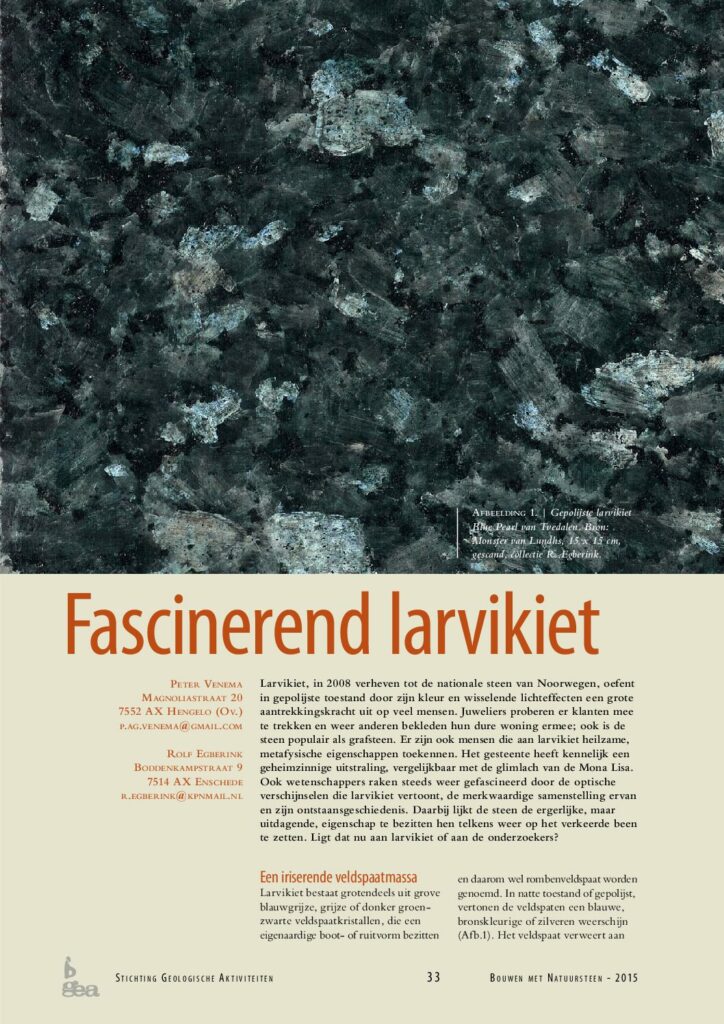

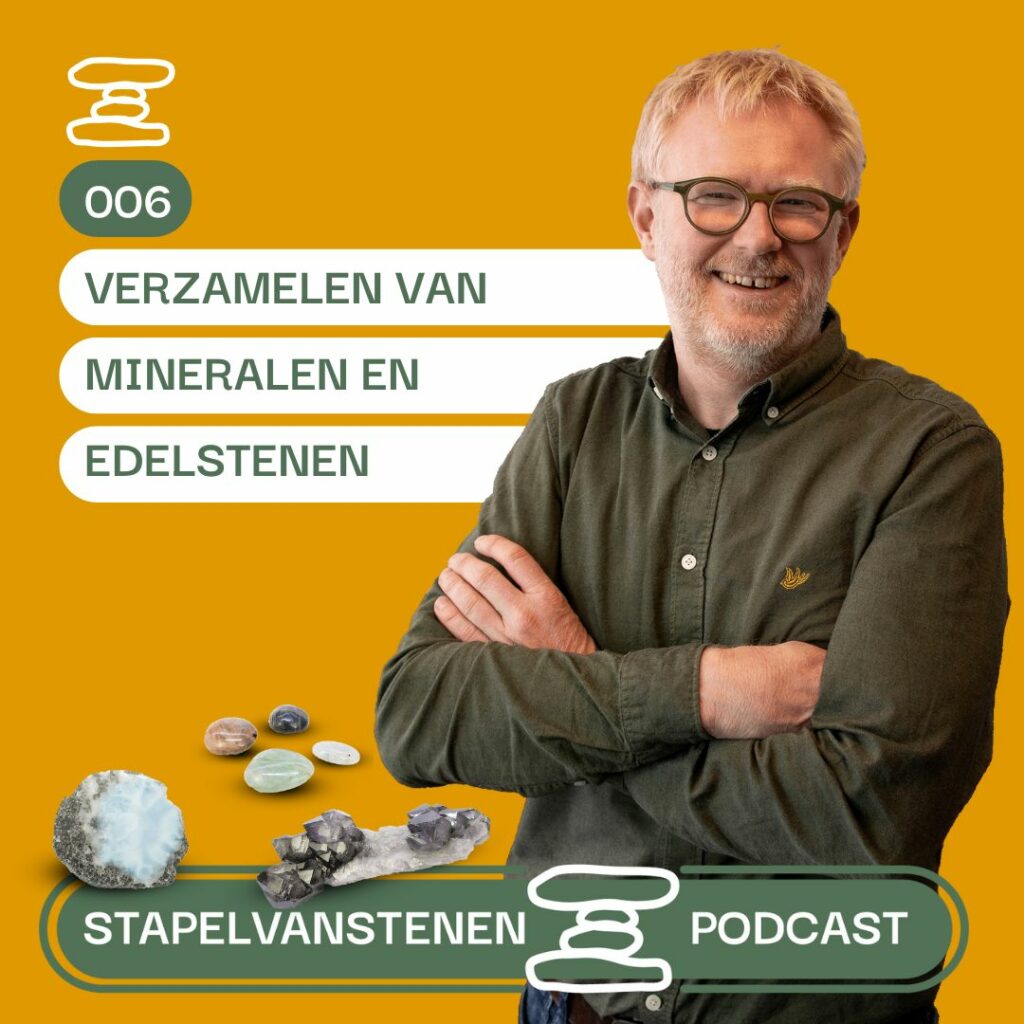
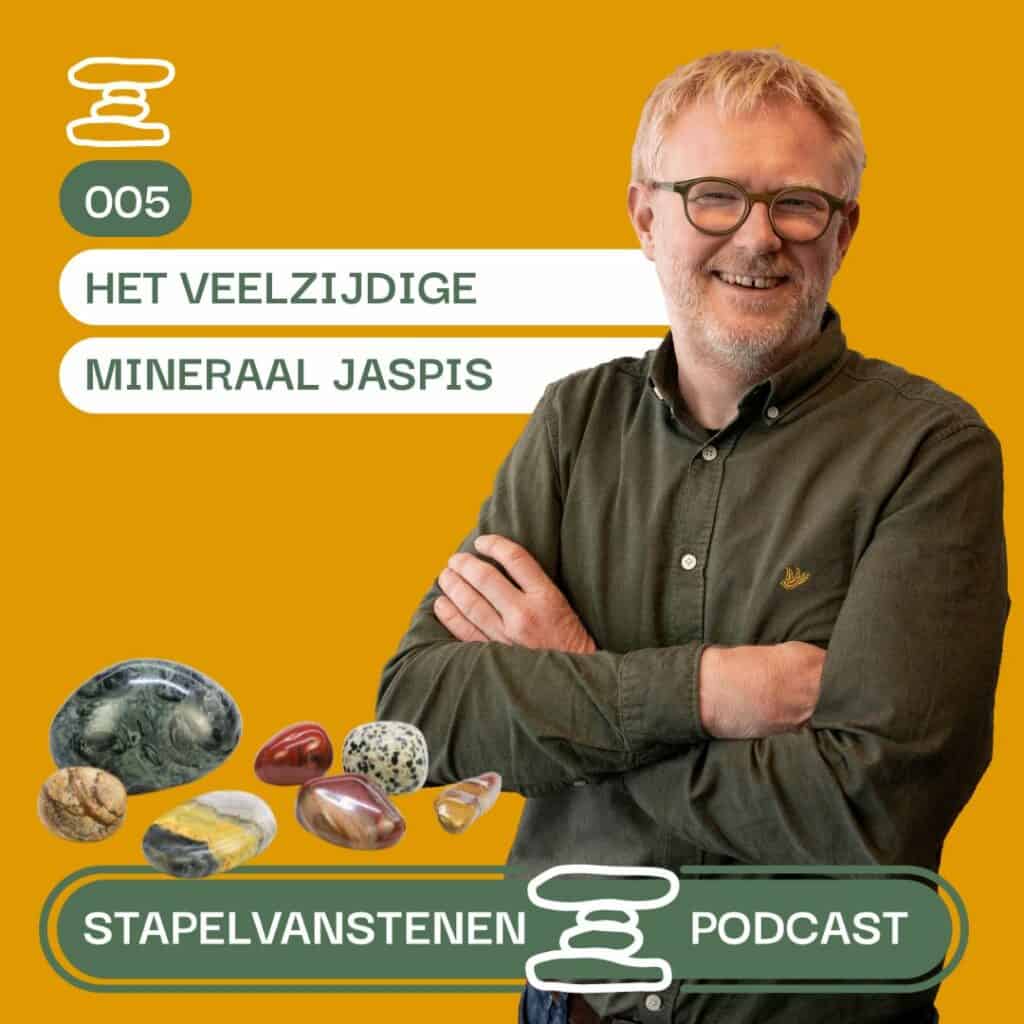
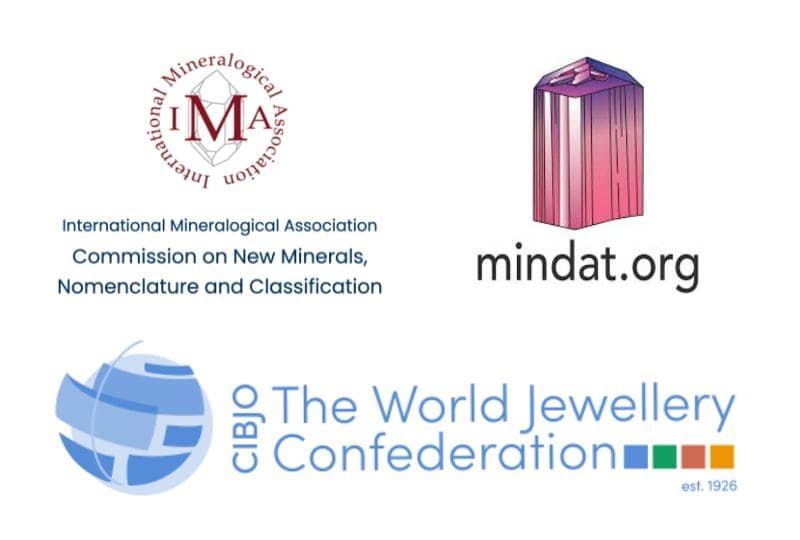
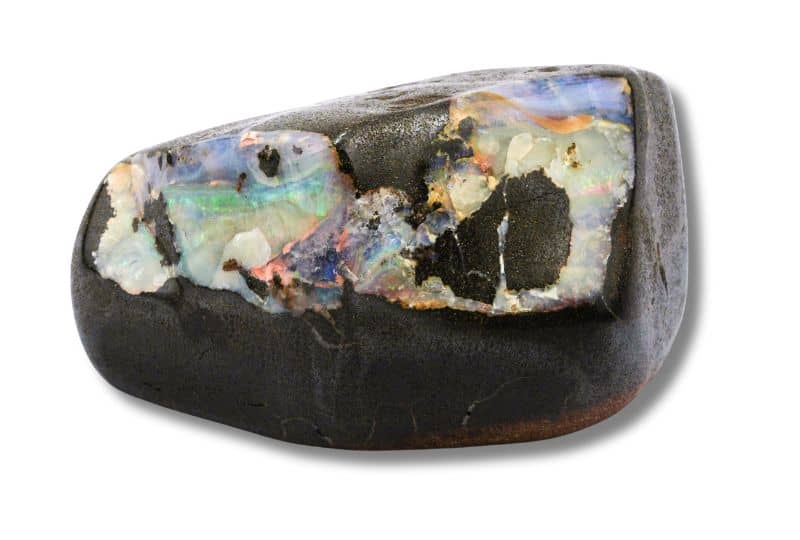
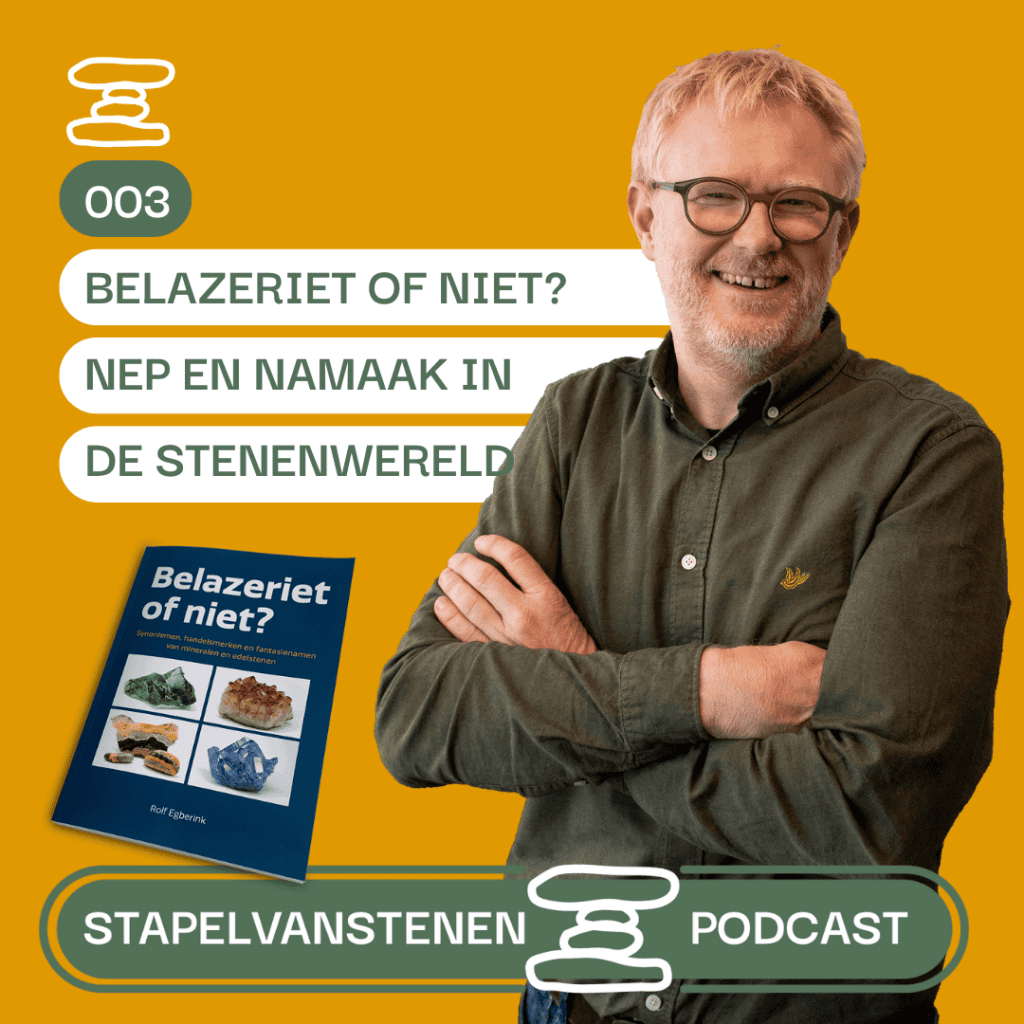
Responses